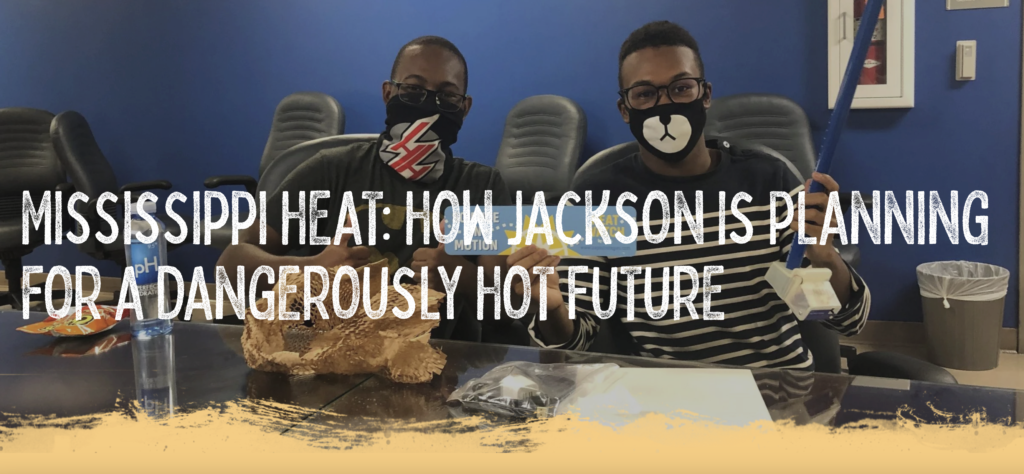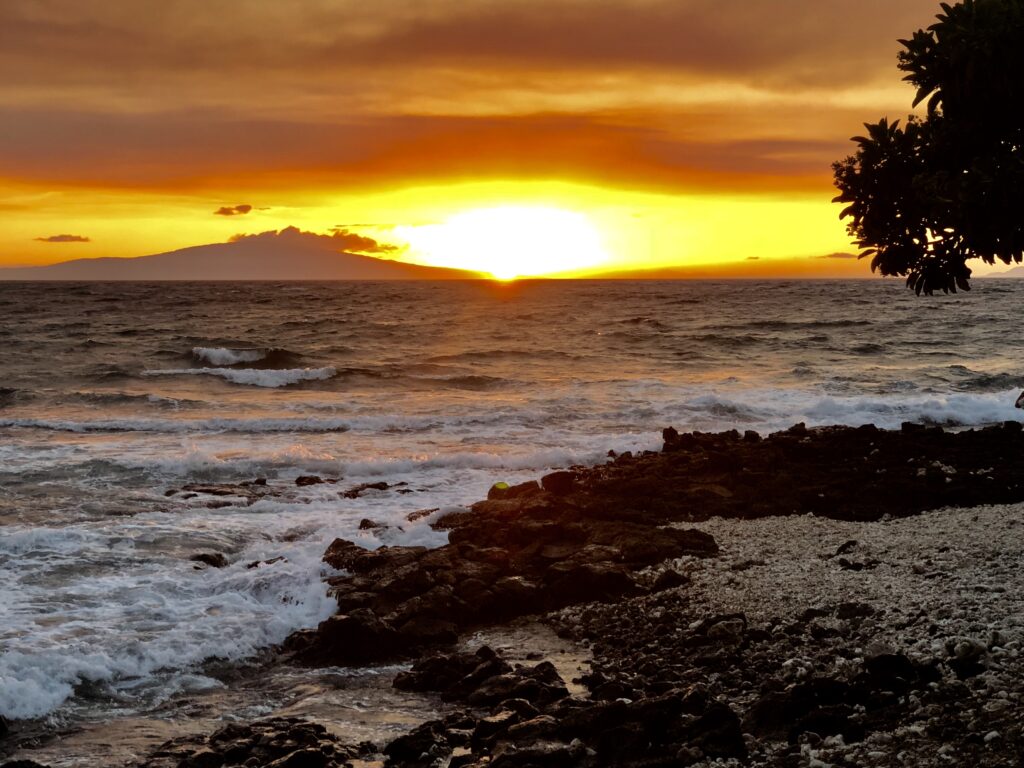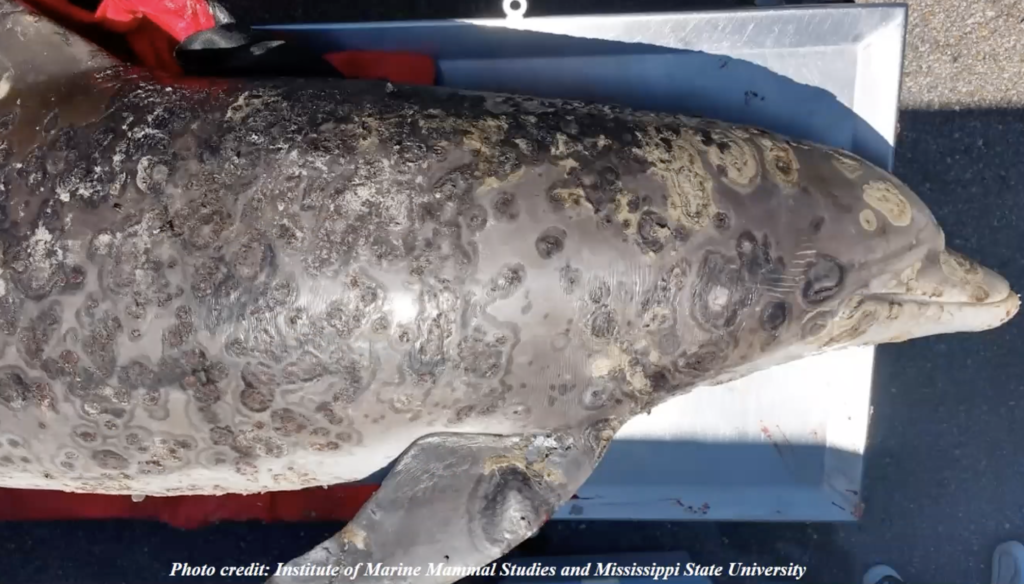
This week, after years of study, the U.S. Army Corps of Engineers green-lighted a massive Mississippi River diversion project, part of Louisiana’s 50-year plan to protect and rebuild its rapidly eroding coast. The $2 billion river diversion in Plaquemines Parish, and another planned in nearby St. Bernard Parish, have never been built before on this scale. Supporters say they are best way to save coastal communities, and ultimately New Orleans, from the rising tides and increasingly powerful storms of the Gulf of Mexico fueled by climate change. Meanwhile, wildlife experts say dolphin deaths and damage to fisheries will be unavoidable.
The unprecedented $50 billion coastal restoration plan has deeply divided the environmental community across the region, pitting state political leaders, engineering and construction firms as well as major environmental NGOs against fishing communities, coastal experts and marine mammal scientists who worry that pouring billions of gallons of polluted river water into the marsh will destroy marine species like shrimp and oysters that depend on the saltwater environment. And it illustrates the growing decisions coastal communities face as climate change rapidly alters their environment.
A knife in the MMPA
At the center of the coastal restoration controversy is the fate of Barataria Bay’s 2,000 dolphins, one of the largest populations along the Gulf coast. Dolphin experts say the state has been disingenuous with the public about the extent of damage the river diversions will have on marine mammals in the area. And scientists are highly critical of a state scheme that successfully lobbied Congress to issue a federal waiver for the Marine Mammal Protection Act (MMPA), granting the state legal authority to harm dolphin populations as part of their diversion plans.
“They stuck a knife in the MMPA and wounded it very seriously,” marine mammal scientist Naomi Rose with the Animal Welfare Institute explained to me recently. Rose has closely followed the work of scientists studying the health of dolphins in the region, including many that were killed by the sudden influx of river water flooding in 2019. “I’m horrified by the way these dolphins will die. I can’t believe there isn’t a better way to save the coast.”
Engineers and diversion project supporters say there is no more efficient way to build marshland than to divert Mississippi River silt and sediment into coastal marshes, long walled off by levees that protect navigational traffic and coastal communities from flooding. By reintroducing river water sediment into coastal areas, project experts say the diversion project should create about 20 square miles of marshland over 50 years.
Some coastal scientists question those marsh-building claims, and say there are other ways to fight coastal erosion through dredging and other methods that won’t be as detrimental to the marine environment and threaten the livelihoods of fishing communities.
But few dispute the lethal impacts the river diversions will have on dolphin populations in Barataria Bay and nearby areas. Marine mammal experts point to the 2019 floods that killed a record number of dolphins in Louisiana and Mississippi, a disaster that shocked scientists. Hundreds of dolphins developed deadly skin lesions from a flood of fresh water that poured into marine environments, altering the salinity levels in coastal areas and spawning a huge blue-green algal outbreak that shut down Mississippi beaches for the summer season.
In studies and webinars, scientists described the impact on dolphins as a slow and painful death, starting with irritating skin lesions and infectious boils that in a matter of a few weeks erupted into skin ulcers and toxic brown mats covering parts of their bodies. Infections ate through their sensitive skin barriers, exposing internal organs to polluted freshwater. The result was cardiac damage, cerebral edema, kidney and liver poisoning, and ultimately septicemia and death. Experts predict the same disastrous future for more dolphins if the river diversions are built.
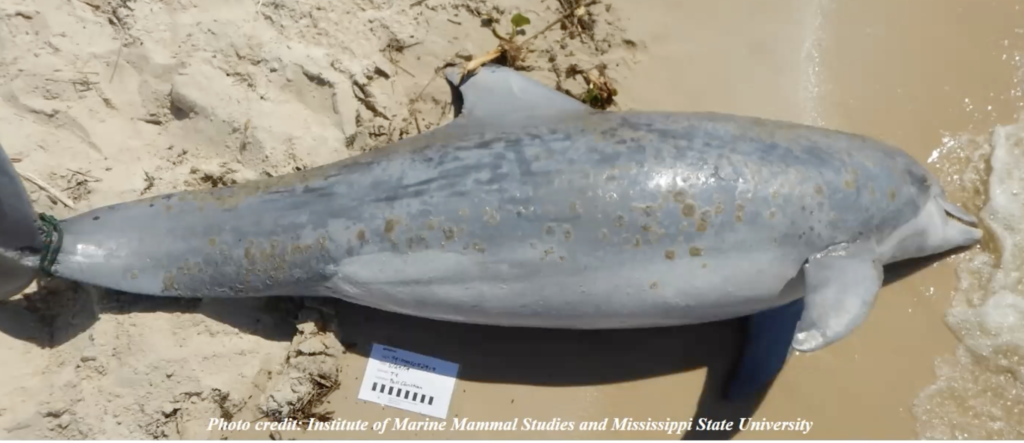
Sentinels of the sea
As critical marine mammals at the top of the ocean food chain, bottlenose dolphins are sentinels of the sea. Scientists says when dolphins are healthy, the ocean environment is healthy too. But right now, dolphins in Barataria Bay are not healthy.
According to studies, Barataria Bay dolphins are still suffering from effects of the 2010 BP oil blowout, which spewed millions of gallons of Louisiana crude into the coastal environment of four states. Much of that oil, sprayed with chemical dispersants that made it more toxic, washed into the Barataria Bay.
I was there when it did. In May of 2010, just weeks after the Deepwater Horizon rig exploded 40 miles off the Louisiana coast, I witnessed the impact of the oil on small pods of dolphins while looking for crude close to shore with a Louisiana shrimp boat captain. The petrochemical stench of thick brown clumps of oil was overwhelming, and the sounds of dolphins chuffing and choking as they swam though the oily invasion was hard to bear. Some likely succumbed to the oil’s poisonous effects that still linger today. The look on the captain’s face told it all: it we were witnessing a marine mammal funeral.
Many wonder why dolphins, some of the smartest creatures on earth, wouldn’t just flee such a poisonous aquatic environment. Experts say it’s not that easy. Bottlenose dolphins are extremely territorial, since they prefer to stay where they are born and bred. The environment of Barataria Bay is a refuge for dolphin populations and a critical nursery for their young. For thousands of years, it’s been a healthy, life-sustaining environment for the entire Gulf of Mexico. When the huge Mississippi river levee system was built over the past two centuries, sediment-laden river water was increasingly blocked from the bays. Dolphins moved even closer to shore areas as salinity levels increased.
But in recent years, the BP oil disaster and increasing storms and floods linked to climate change have been toxic to Barataria Bay dolphins. Marine mammal scientists say river diversions present an even greater existential threat to marine life in the bay. Dolphin experts are appalled that billions of dollars in settlement funds from the BP oil spill, money intended to protect the marine environment, is being used for coastal projects that may also cause significant harm.
Solving the dolphin problem
When the diversion projects were in the early planning stages over the past decade, Louisiana officials and project supporters knew there would be harmful impacts to dolphin populations protected by the federal Marine Mammal Protection Act. So Louisiana officials hired veteran DC lobbyists and worked with major environmental NGO leaders to get Congress to include an unusual federal waiver in a budget bill in 2018, allowing the state to injure and even kill dolphins in the course of completing and operating the diversion projects.
An article published by lobbyists Bob Salzo and Mary Landrieu, of the powerful DC lobbying firm Van Ness Feldman, described it this way under the headline Marine Mammal Protection Act Problem:
“Fortunately, several national environmental and conservation NGOs are committed to the restoration of Louisiana coastal wetlands. With their assistance, we were able to develop a very narrow amendment to the MMPA that waives the Act for the Mid-Barataria and two other coastal restoration projects in Louisiana. With the help of these NGOs, we were able to achieve the unanimous support of Congressional Republican and Democratic leadership to include the amendment in H.R. 1892, the Bipartisan Budget Act of 2018, which was enacted February 9, 2018. Based on this legislation, the Secretary of Commerce has waived application of the MMPA to the Mid-Barataria project.”
Marine mammal experts were outraged by the maneuver to get around the MMPA, an act they view as crucial to protecting marine mammal species threatened by pollution, development and climate change. A study published this year in the journal Marine Mammal Science concluded that the Barataria Bay diversion project would cause a “catastrophic” decline in dolphin populations, making them “functionally extinct” in some areas of the bay. “The declines are predicted to be greater than those caused by the DWH oil spill and would take place just as the population is starting to recover from the oil spill.”
Louisiana state agencies and supporters of the diversion project have come up with a plan to closely monitor dolphins and move them if possible to other areas with higher salinity levels. But dolphin experts say such a plan is futile in the face of enormous amounts of river water that will be dumped into the Barataria Bay.
In a letter to the Army Corps in October, 2022, the Marine Mammal Commission, a nonpartisan U.S. government oversight agency, stated “none of the activities outlined in the Dolphin Intervention Plan appear targeted at mitigating or preventing harm or death of bottlenose dolphins expected from exposure to the low-salinity conditions that will result from the MBSD project.”
Mobi Solangi, executive director of Mississippi’s Institute for Marine Mammal Studies, says the marshes of Barataria Bay are critical nurseries for ocean life in the Gulf. In a letter to the Advocate published earlier this year, Solangi compared the diversions to the catastrophic floods of 2019 in Louisiana and Mississippi: “we lost an estimated 337 dolphins, over 200 sea turtles and thousands of acres of oyster beds, shrimp, blue crab, speckled trout and other species. Imagine what a 50-year freshwater flood will do.”
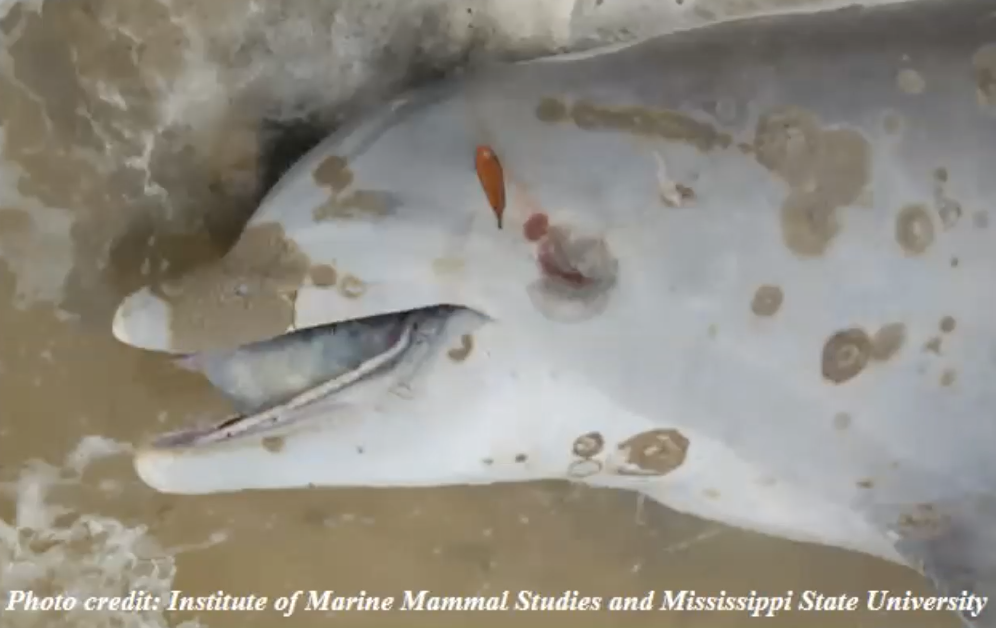
What do the NGOs say?
Despite concerns about the freshwater impacts on the marine environment, many high-powered environmental groups have continued to support the diversions, arguing that only giant projects on this scale can fight dramatic climate change impacts to coastal areas.
“This is a critical moment for the future of our coast and our entire state,” said Cathleen Berthelot, policy director with the Environmental Defense Fund in a September, 2022, press release issued by Restore the Mississippi Delta, a coalition of environmental groups that also include the National Wildlife Federation, Audubon Society and the Pontchartrain Conservancy. “For decades, scientists have indicated that the best way to address future land loss and maintain a sustainable coast into the future is by harnessing the natural power of the Mississippi River to build and maintain the wetlands. It’s time to make that prospect a reality.”
Fishermen have a different take on the river diversions, which they worry will destroy their ability to make a living. They feel abandoned by many in the environmental community. “A lot of people don’t know what’s going to really happen here,” said Capt. George Ricks, a recreational fisherman and president of the Save Louisiana Coalition that opposes the diversions. “These are the same people who were screaming about the BP oil spill killing dolphins, but more dolphins were killed when they had to divert river water into the Bonnet Care Spillway. Now it’s OK to kill dolphins?”
But other environmental groups oppose the river diversion plan, including the Sierra Club Delta Chapter that calculated a huge monetary price in terms of dolphins deaths. “During the 2010 BP oil spill many bottlenose dolphins died,” the group said in a statement to the Army Corps this year. “The price put on each life was two million dollars. At that rate, the cost of just killing bottlenose dolphins in the Barataria Basin amounts to about four billion dollars.”
And last year, a group of nine environmental and marine mammal NGOs issued a blistering letter in response to the Army Corps’ Draft Environmental Impact Statement, protesting the river diversions and questioning the policies behind its decision making and conclusions. “If this project is to move forward, we very much do not want the losses and suffering of these dolphins to be in vain. It is disturbing that we cannot in fact be confident that their sacrifice will result in Barataria Bay restoration.”
Dolphins pay the price
Naomi Rose’s Animal Welfare Institute was a signatory to that statement. The marine mammal expert is furious that federal laws put in place to protect dolphins was circumvented by Congress, still largely unknown by the public, she believes. And Rose is deeply frustrated that this issue has divided the environmental NGO community, organizations that share a common mission to protect wildlife and the environment.
“No one wants to be a dolphin killer, but that’s what they are. These dolphins will pay the price for our stupidity.”
###
